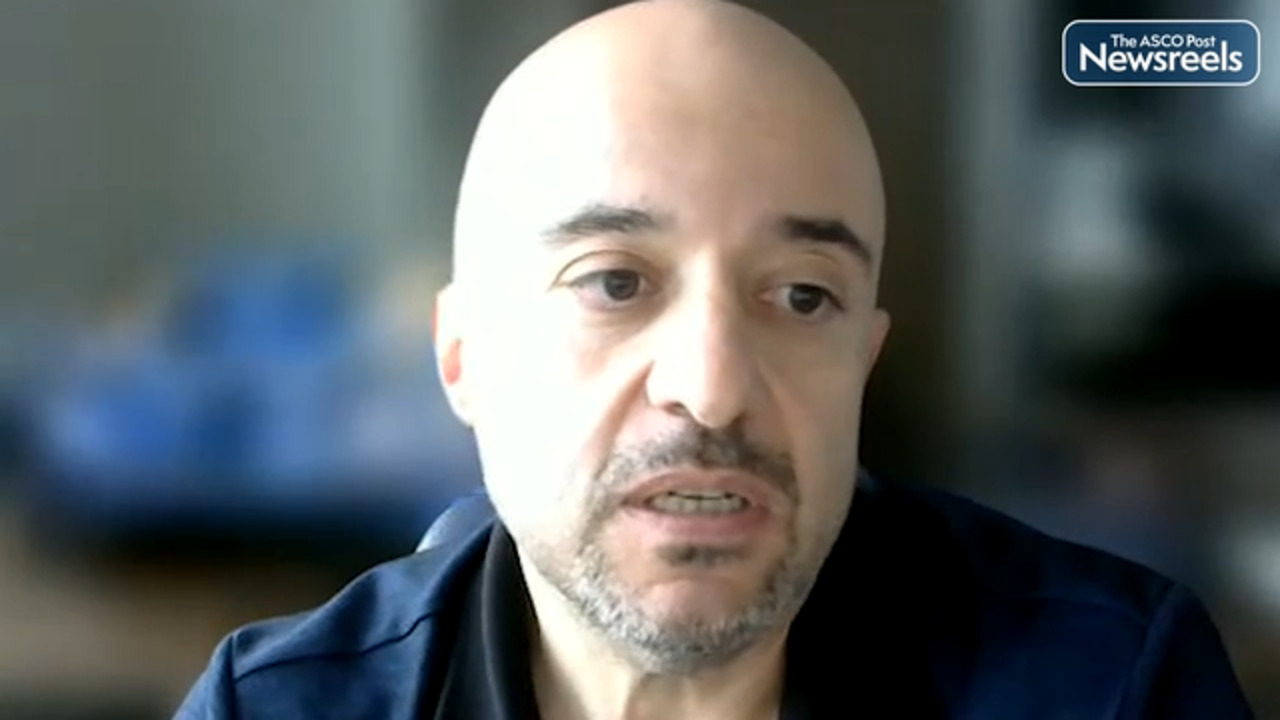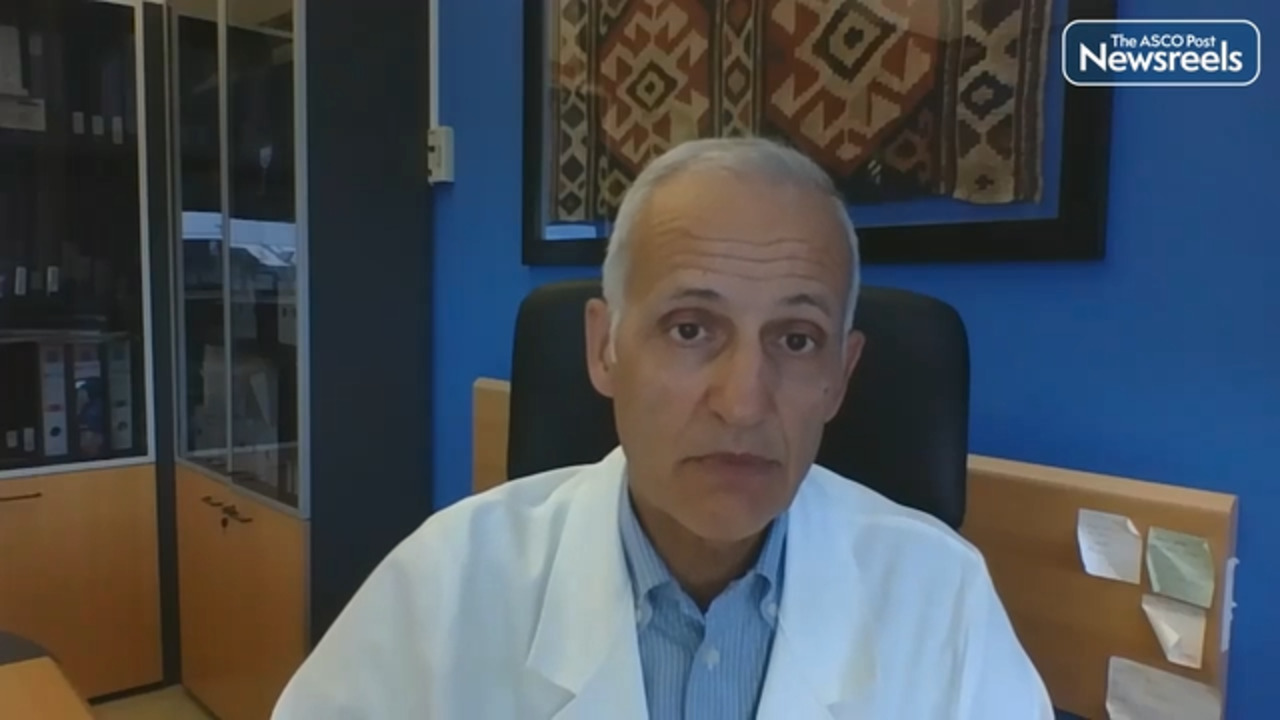Image-Only AI Model Outperforms Breast Density Assessment for 5-Year Breast Cancer Risk Stratification

An image-only artificial intelligence (AI) model demonstrated stronger and more precise risk stratification than breast density assessment for predicting 5-year risk for developing breast cancer, according to findings from a study presented at the 2025 Annual Meeting of the Radiological Society of North America (RSNA) (Abstract S5-SSBR02-1). The model, Clairity Breast, is the first U.S. Food and Drug Administration–authorized image-only AI breast cancer risk model.
Is Chronic Hepatitis C Infection Associated With Pancreatic Cancer?

A retrospective, national, population-based cohort study of 6.3 million veterans, which was published in JAMA Network Open, found that individuals with chronic hepatitis C virus developed pancreatic ductal adenocarcinoma at younger ages and had a higher risk compared with those without the infection. According to Levinson et al, risk also varied by virus genotype.
Addition of Neoadjuvant LuPSMA PNT2002 to SBRT in Oligorecurrent Prostate Cancer

In a single-center phase II trial (LUNAR) reported in the Journal of Clinical Oncology, Kishan et al found that the addition of neoadjuvant prostate-specific membrane antigen (PSMA)-targeting radioligand therapy with lutetium-177–labeled PNT2002 (LuPSMA PNT2002) to stereotactic body radiotherapy (SBRT) improved progression-free survival in patients with hormone-sensitive oligorecurrent prostate cancer.
Survey Finds Global Embrace of Integrative Cancer Care

Around the world, doctors, nurses, and pharmacists are turning to evidence-based integrative approaches such as acupuncture, yoga, exercise, massage, and nutrition counseling to help people with cancer manage the harsh side effects of treatment, according to the results of a recent survey.
Lung Cancer Screening Criteria: NELSON vs PLCOm2012

In a German study (HANSE) reported in The Lancet Oncology, Vogel-Claussen et al found that the PLCOm2012 low-dose computed tomography (CT) lung cancer screening eligibility criteria were more effective than the NELSON criteria in the detection of lung cancer.
Sponsored Content

SPONSORED BY LILLY MEDICAL AFFAIRS
Clinical Impact of Comprehensive Genomic Profiling in Early-Stage Non–Small Cell Lung Cancer
SPONSORED BY JOHNSON & JOHNSON
Evolving Treatment Landscape in First-Line EGFR-Mutant NSCLC: New Insights Into Combination TherapiesMore Top Stories
AI Tops Density in Predicting Breast Cancer Risk
An image-only artificial intelligence (AI) model for predicting the 5-year risk of breast cancer provided stronger and more precise risk stratification than breast density assessment, according to a news statement issued about a study presented at the annual meeting of the Radiological Society of...
Study Explores Association of GLP-1 RAs With Risk of Obesity-Related Cancers
The development of glucagon-like peptide-1 receptor agonists (GLP-1 RAs) has revolutionized the management of obesity and type 2 diabetes. The agents offer therapeutic potential in a host of other conditions, including cardiovascular, liver, and neurodegenerative diseases, as well as the...
Neoadjuvant Dual ICI Blockade vs Perioperative FLOT in dMMR/MSI-H Gastroesophageal Adenocarcinoma
In an individual-patient pooled analysis reported in the Journal of Clinical Oncology, Raimondi et al found that neoadjuvant treatment with dual CTLA-4/PD-(L)1 immune checkpoint inhibitors (ICIs) was associated with higher pathologic response rates vs perioperative FLOT (fluorouracil, leucovorin,...
Ironically, Smoking May Have Saved My Life
I was diagnosed with stage IV non-small cell lung (NSCLC) adenocarcinoma on August 1, 2013—World Lung Cancer Day. If it hadn’t been for an article that caught my eye the year before about the recommendation from the United States Preventive Services Task Force that all men aged 65 to 75 who have...
Deb Schrag, MD, MPH, FASCO, Elected 2027–2028 ASCO President
On December 19, 2025, ASCO announced its members had elected Deb Schrag, MD, MPH, FASCO, as President for the 2027–2028 term. Dr. Schrag will begin her term as President-Elect following the conclusion of the 2026 ASCO Annual Meeting. Deb Schrag, MD, MPH, FASCO Dr. Schrag, a gastrointestinal...
Hear, Hear to ‘Advancing Geriatric Oncology: Where We Have Been and Where We Are Going’
We read with interest the commentary by Stuart Lichtman, MD, FASCO,on “Advancing Geriatric Oncology: Where We Have Been and Where We Are Going,“ in the October 25, 2025 issue of The ASCO Post.1 Dr. Lichtman outlines the challenges in delivering cancer care to the elderly population. Among these...
Molecular Analysis Reveals Underlying Sex-Linked Multiple Myeloma Progression Patterns
Researchers have uncovered that sex-specific dysregulation of exosomal non-coding RNAs may drive different patterns of disease progression of multiple myeloma in male and female individuals, according to findings published in Blood Cancer Journal. “The same therapies are provided for men and...








